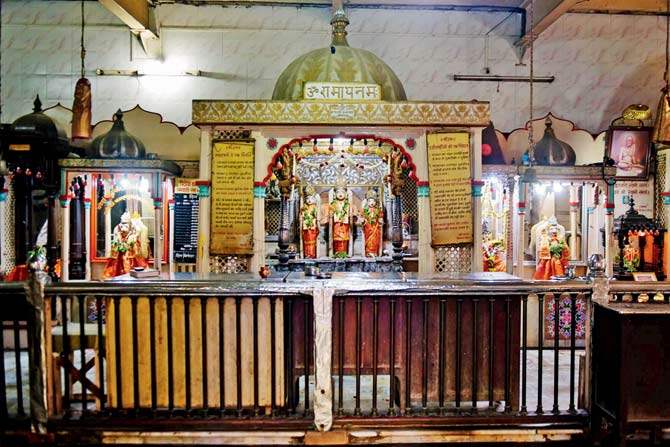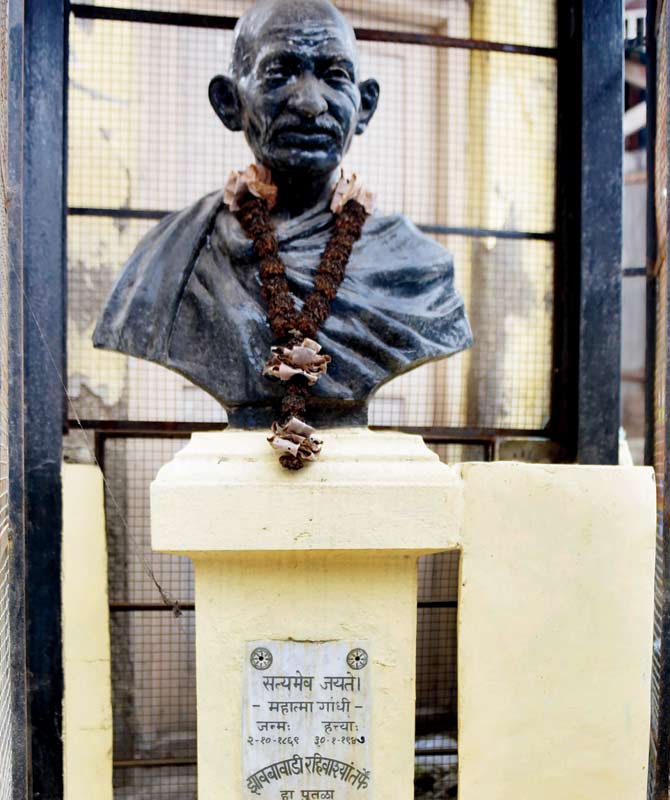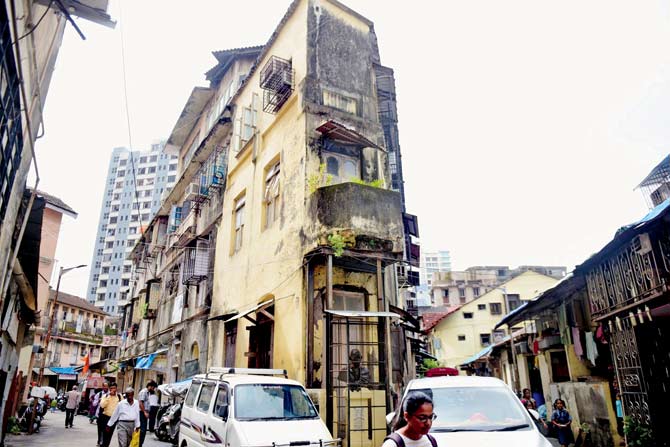This Independence Day, two city history experts reveal forgotten sites that were hotbeds for high action in India's freedom struggle

Congress House, Grant Road. Pics/Bipin Kokate, Graphic/Ravi Jadhav
Congress House, Grant Road
This side includes a group of buildings that used to be a significant landmark and witnessed a lot of unrest. It was popularly known as Jinnah Hall. While Gandhi would reside at Mani Bhavan, common people and other leaders would meet at Congress House.
ADVERTISEMENT

Once the news of a protest would spread, crowds would pour out near VT station and Esplanade (the undivided maidans). The Congress restaurant still stands here. The British attacked it several times. Today, Mumbai Sangeet Kala Mandal, a registered body, remains a reminder. The area is known for its mujra houses.
Keshav Naik Chawl, Kandewadi
Bal Gangadhar Tilak started the public festival of Ganesh Chaturthi from this chawl, located opposite Gaiwadi. The purpose was to get members of the community together to discuss the freedom movement.
Bhai Jivanji lane, Girgaum

Here, members of the Praja Socialist Party worked for their part. It is where Marathi Granth Sangrahalaya stands today. Some of its members included barrister Nath Pai and Bhaskar Gajanan Vaidya. When the British learnt of their existence and came to arrest, it's said that Vaidya jumped from the lane to Nowroji Street, into the Students Literary and Scientific Society Girls' School.
CP Tank
Many Gujarati and Marwadi baugs in this neighbourhood would serve as a venue for meetings.
Ramwadi Ram Mandir, Kalbadevi Road

It's the location where the Chapekar brothers hid after killing WC Rand. They used to perform kirtans inside this religious space until they were caught. Inside the temple hangs a photograph of visionary Bhau Ajinkya, a patron of the temple. The British weren't aware of this connect.

Ganpat Niwas, Zavba Wadi

Members of the Indian National Congress would meet in this building. A statue of Mahatma Gandhi stands witness to its nationalist origins. Members of the Pathare Prabhu community owned the building. They were part of the revolution but friends with the British.

For example, Bhau Ajinkya believed that only fighting isn't enough. You have to uplift the people, too. So he joined hands with the British but built infrastructure such as the Ferry Wharf (Bhaucha Dhakka) for public good. He built docks and even named them after the British.
Capitol cinema, Fort

The space outside this one-time popular single-screen cinema was a strategic location. People from all over the city would gather here for demonstrations.

Information courtesy: Anita Rane-Kothare, HOD (Ancient Indian Culture and Archaeology) St Xavier's College

Information courtesy: Deepak Rao, city historian
Compiled by Dhara Vora Sabhnani
Catch up on all the latest Crime, National, International and Hatke news here. Also download the new mid-day Android and iOS apps to get latest updates
 Subscribe today by clicking the link and stay updated with the latest news!" Click here!
Subscribe today by clicking the link and stay updated with the latest news!" Click here!






